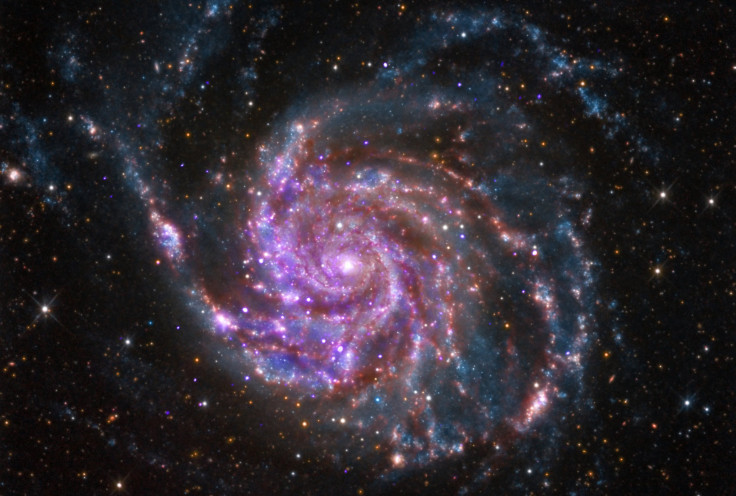When Did Stars Form In The Universe? Celestial Bodies Are Younger Than We Originally Thought

The universe’s stars may be younger than we previously thought.
Scientists at the European Space Agency say a recent analysis shows it is likely that it took a few hundred million years longer than initially suspected before the universe expanded and cooled enough for atoms and stars to start converging. Their analysis published last week found that stars — which were initially suspected of being born 300 to 400 million years into the universe’s existence — actually developed up to 250 million years later when the universe was 550 million years old or older.
Researchers at the European Space Agency used observations of cosmic microwave backgrounds (CMB) to make their observations.
“The CMB can tell us when the epoch of reionization started and, in turn, when the first stars formed in the universe,” Jan Tauber, a scientist at the European Space Agency, said.
It was also discovered that stars were the only celestial bodies in our universe capable of reionizing — adding or losing electrons to form ions, which are atoms with a net positive or negative charge — at that time in history. The early stars reportedly completed half of the reionizing in the universe by the time it was 700 million years old.
Before those stars were born, scientists believe that the universe was a large, dark place. The development of stars was an important point in the universe’s trajectory, heating their surroundings and dispersing the first heavy elements that would eventually lead to the formation of solar systems like ours. Those initial stars, scientists say, have played a major role in the development of our modern universe — they're responsible for everything from our nearby planets to black holes and quasars.
Before the stars formed, the universe was basically just a bunch of particles flying around and colliding. They included neutrinos, protons, electrons and photons. It can be visualized as something akin to an opaque fog, assuming you had much light to look at it all.
© Copyright IBTimes 2025. All rights reserved.






















